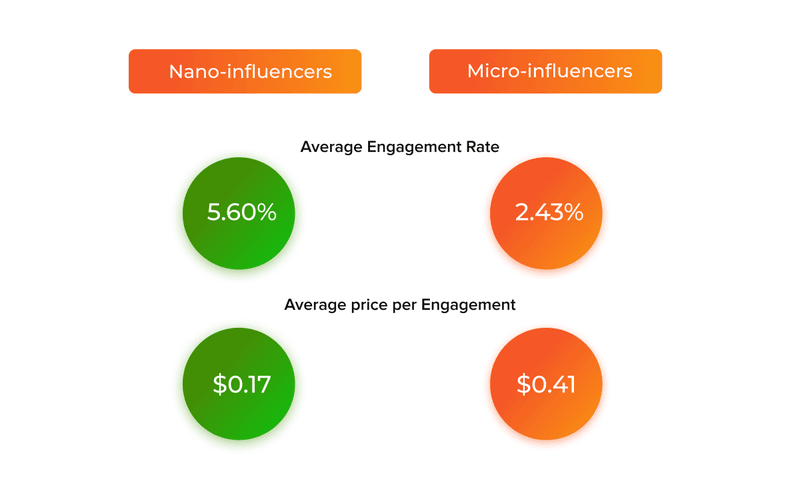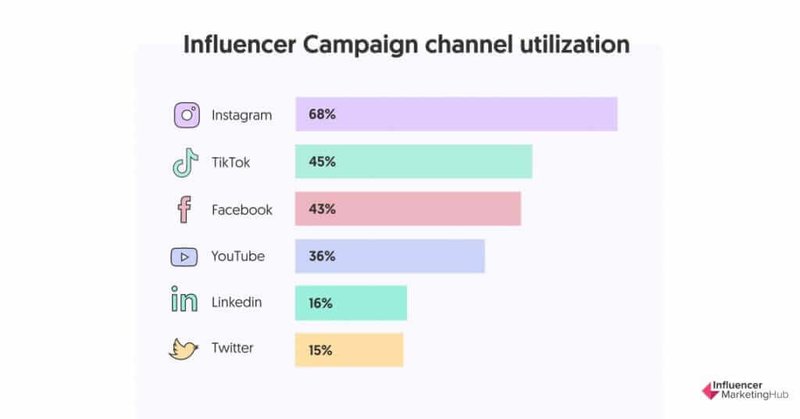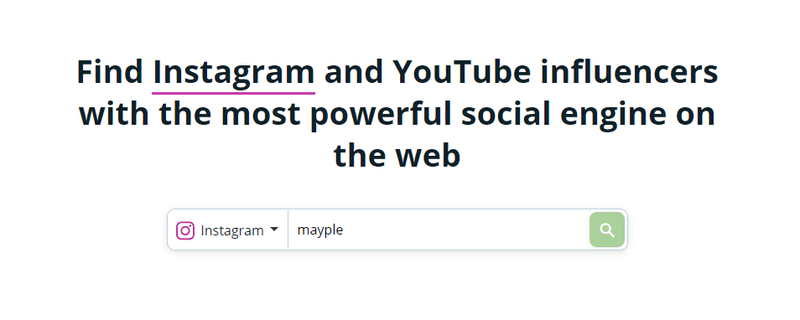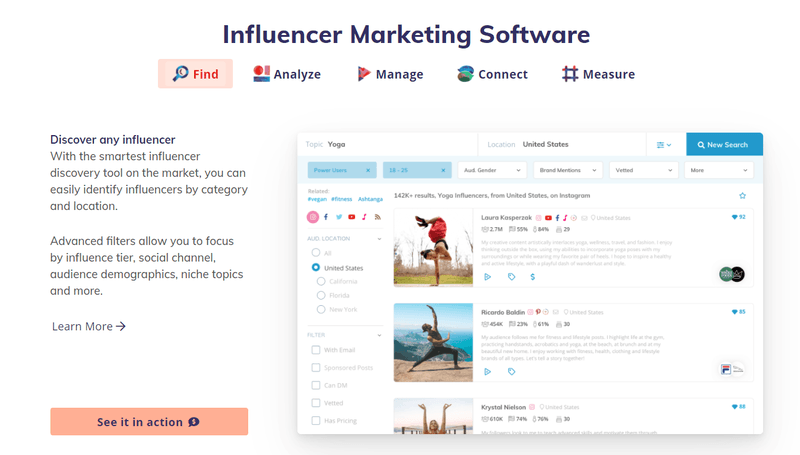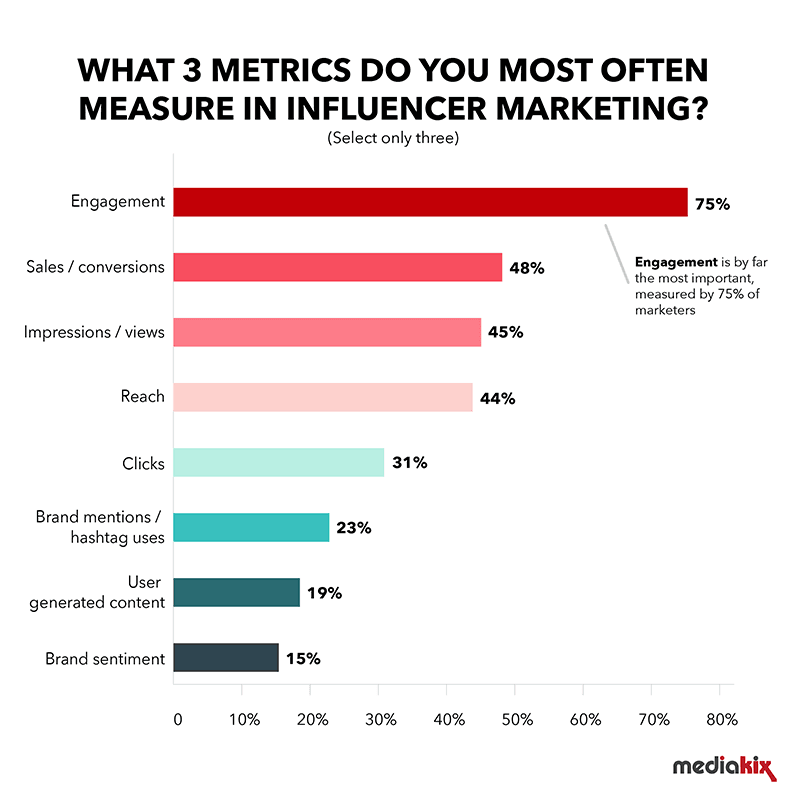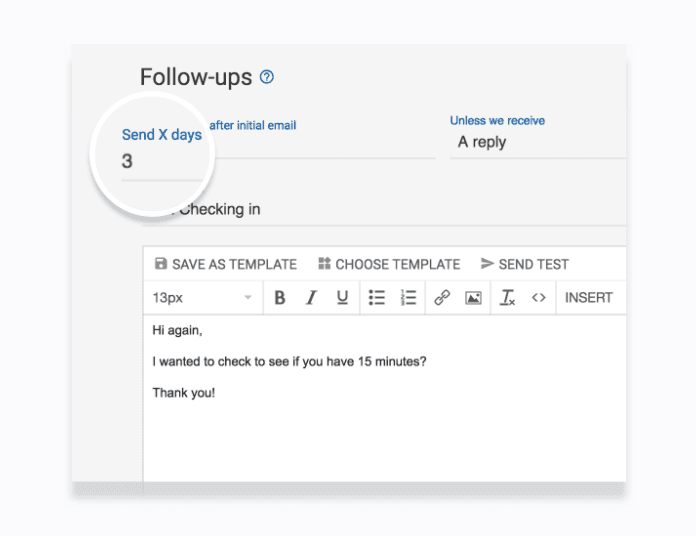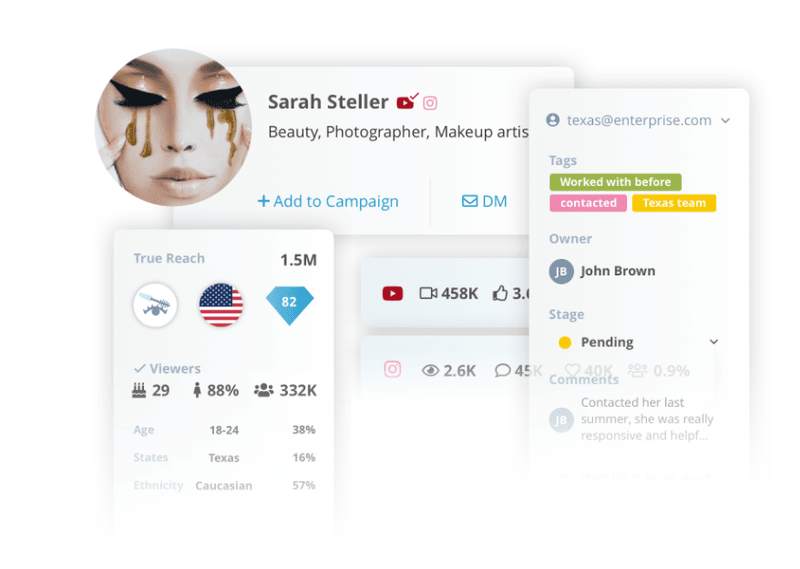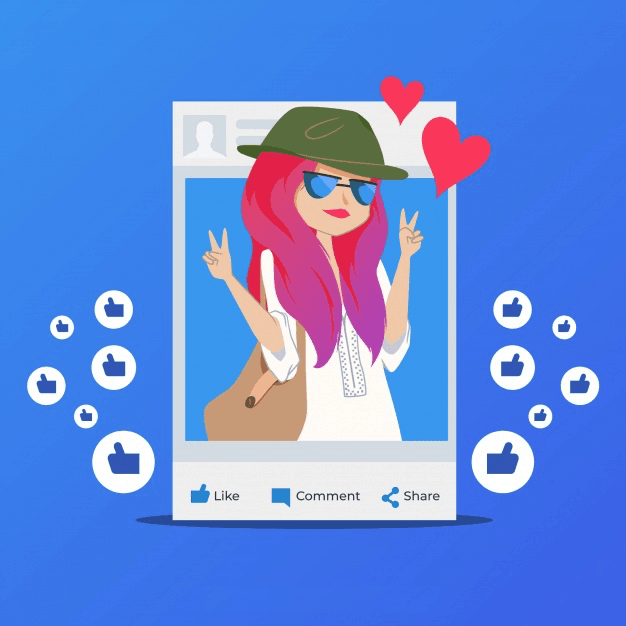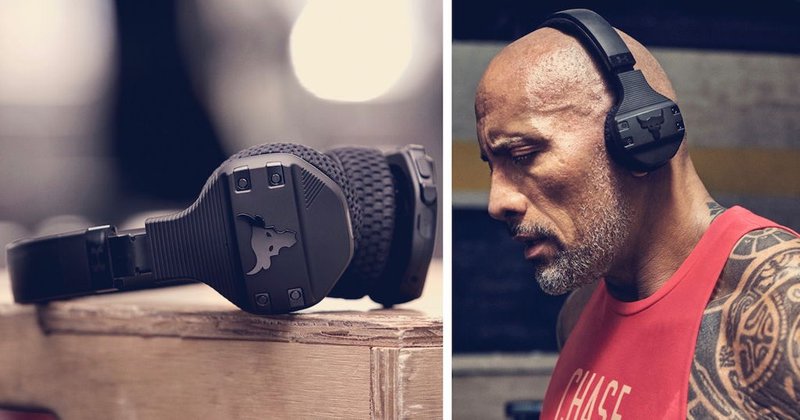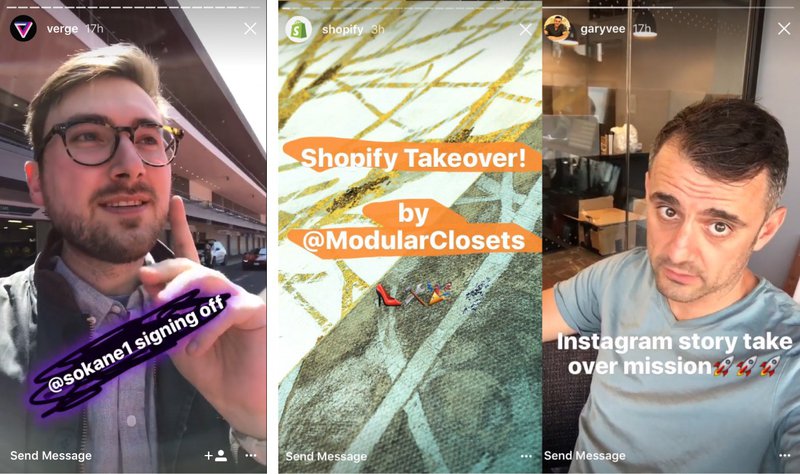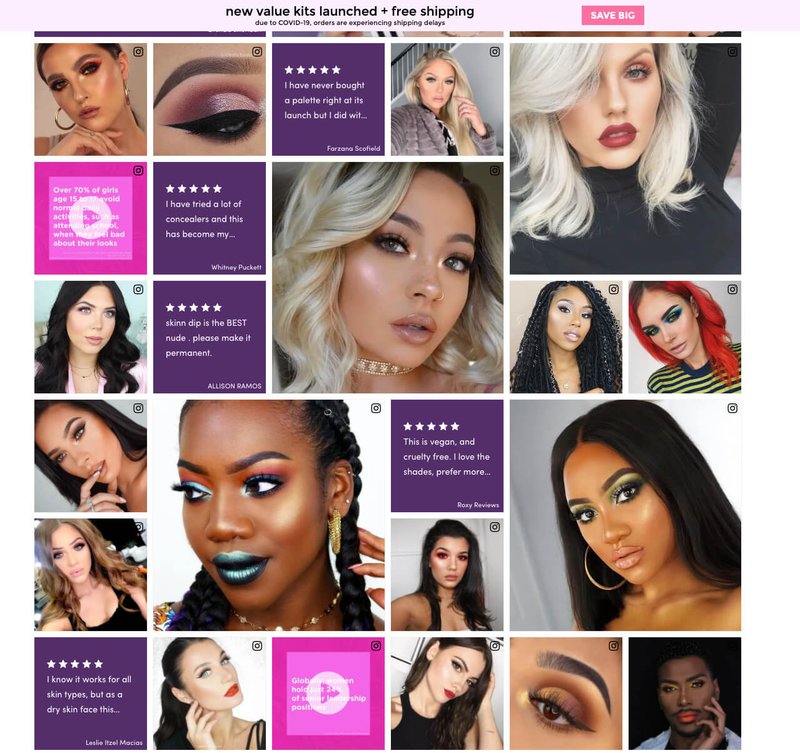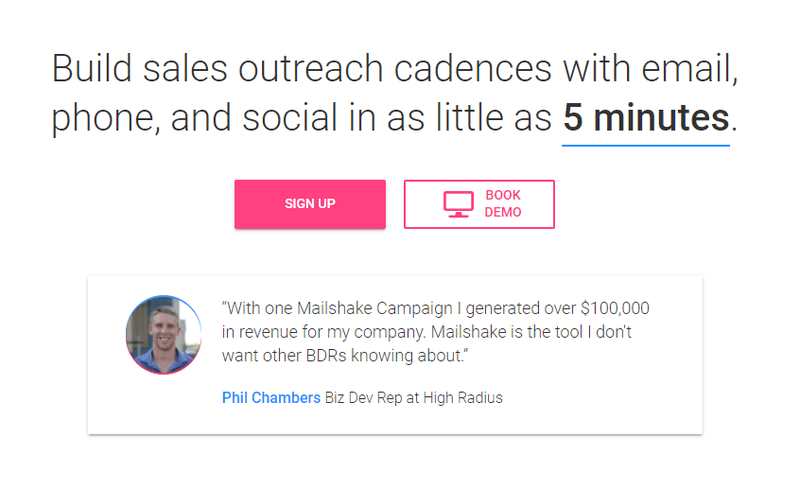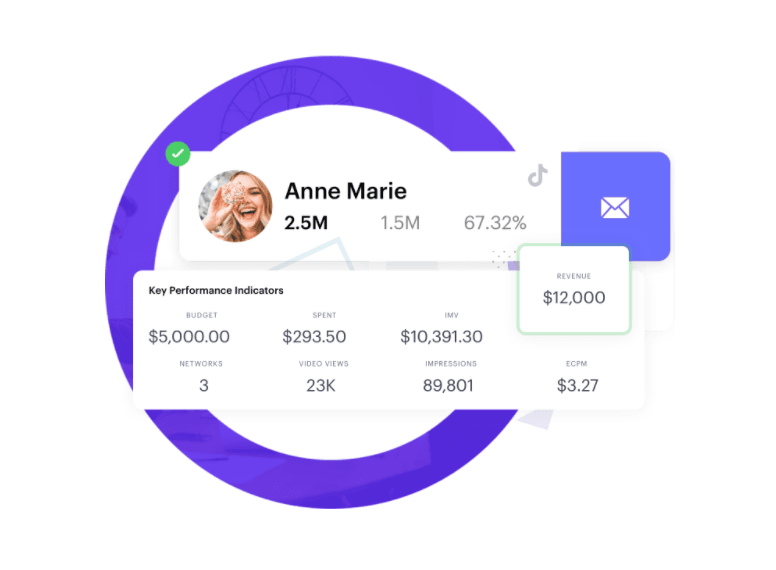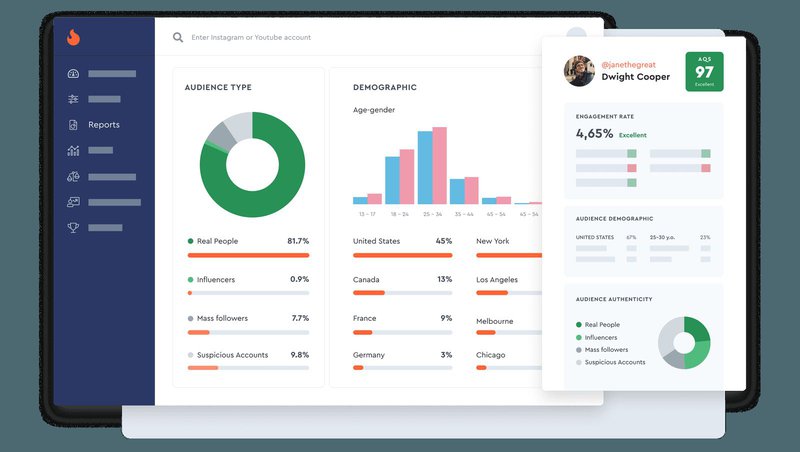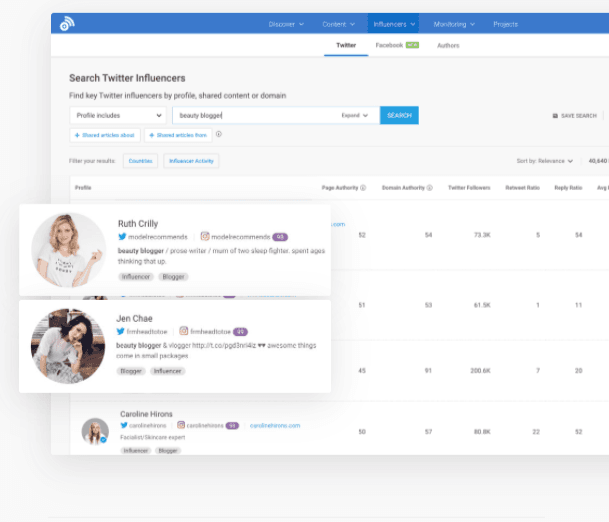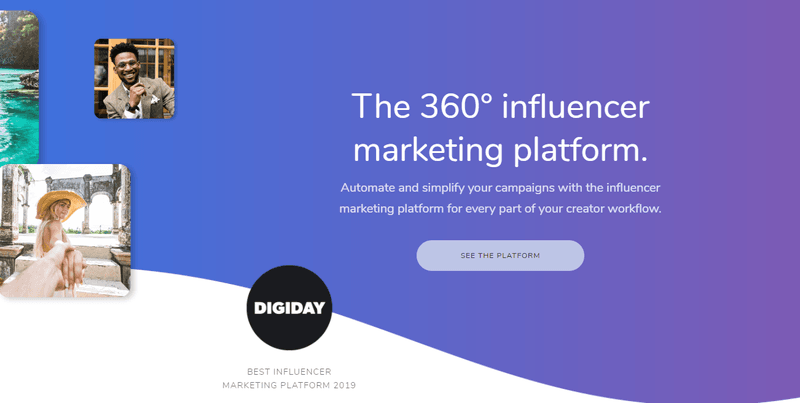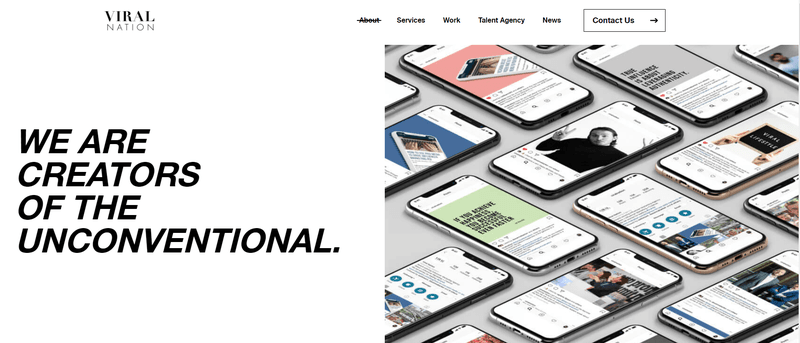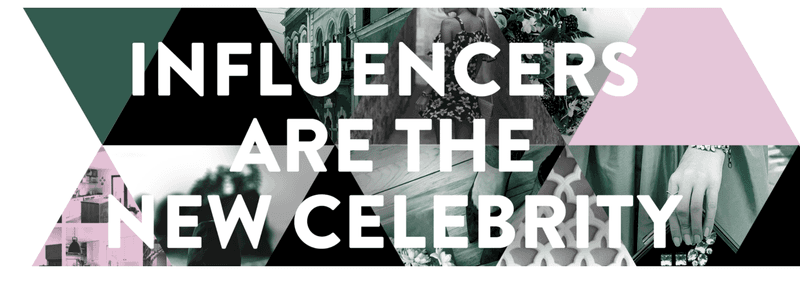The Step-by-Step Guide to Influencer Marketing for eCommerce
Want to 5X Your ROI? Here's how to find the best influencers and set up a top notch campaign. We cover tools, platforms, agencies, and strategies.
Updated November 6, 2024.
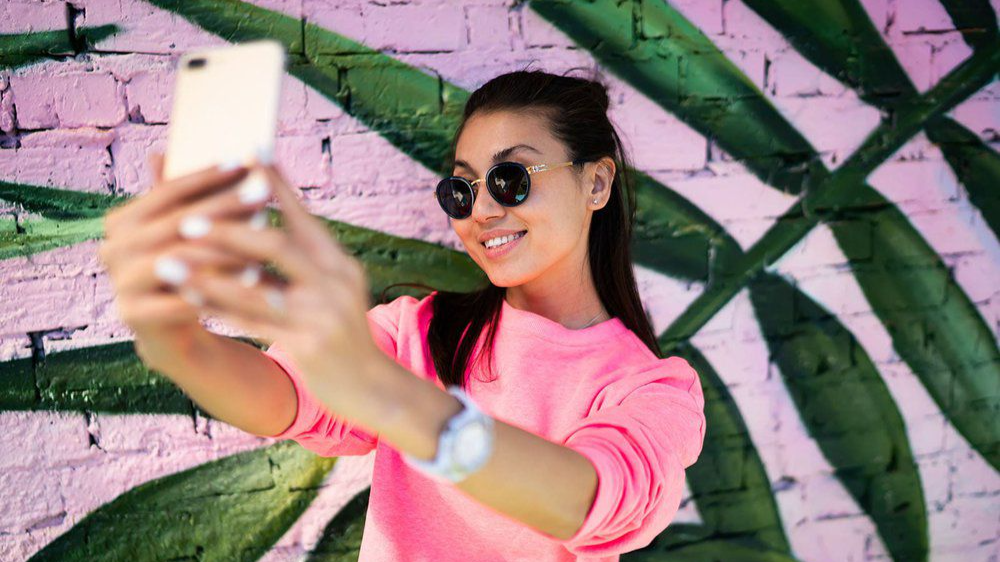
“Today, there is nothing more valuable than an audience” - Joel Robinson, CEO @InfluenceLogic
Influencer marketing is the most powerful form of marketing you can use to grow your brand, especially if you are an eCommerce company. Instagram usage grew 10X over the last 5 years and the platform has more than 1 billion users.
The number of influencer agencies grew 10X to more than 1,120 in 2019. Influencer marketing platform size is expected to grow from $5.5B in 2019 to $9.7B, and over $22.3B in 2024.
Businesses are making $5.20 for every $1 spent on influencer marketing, and that was in 2019. The 2020 survey is out and it’s now $5.78.
That’s a killer ROI.
According to the most recent study done by the Influencer Marketing Hub, 91% of marketers think that influencer marketing is effective, 78% of marketers are planning to dedicate a budget to influencer marketing, and 66% plan on increasing their spending on influencers.
If you’re not launching and optimizing influencer marketing campaigns, you should be. And if you don’t know where to start then this guide is just for you.
Here’s a detailed breakdown of how to set up an influencer marketing strategy, from start to finish.
Let’s dive in.
But first, let’s define some terms.
What is influencer marketing?
Influencer marketing is a form of social media marketing involving endorsements and product placement from influencers, people, and organizations who have an expert level of knowledge or social influence in their field.
Influencer marketing content could include Instagram posts, YouTube videos, blog posts, guest posts, and other forms of sponsored content.
What is an influencer?
An influencer is someone who has: the power to affect the purchasing decisions of others because of his or her authority, knowledge, position, or relationship with his or her audience. a following in a distinct niche, with whom he or she actively engages.
What are the types of influencers?
There are 4 main types of influencers.
Choosing one type over the other depends on your budget, goals, and the type of product you’re trying to sell.
Nano influencers
These are people with 1k-10k followers and are an emerging group of influencers that companies work with. Until very recently, it was recommended to work with influencers that have 10k followers minimum but this has changed. The new algorithms promote authenticity and organic growth so you could find a ton of nano influencers that will get you really high engagement and good conversions.
Micro-influencers
These are people with 10k-50k followers. They are considered micro-influencers and have smaller audiences. The advantage of working with these is that their audiences are much more engaged, with levels of engagement around 8-10%. That means that if they have 10k followers they’re going to have around 1,000 likes and comments, which is pretty powerful.
Here’s Shane Barker, a marketing influencer, expert, and college professor.
Macro-influencers
These are the traditional influencers that people think of. They have around 50k-1M followers and have a lot of clout. The problem is that their audiences are much less engaged and are much more varied and less targeted.
On the other hand, they often have the most impact on thought leadership. This is the best group to reach out to if you are running a B2B campaign for example, and want to get the most influential names in your industry to share something. Macro influencers would be your best group of candidates.
Celebrities
Celebrity influencers (also known as mega-influencers) are the group that everyone wants to reach but they are often way too expensive. They usually have more than a million followers and a very low engagement rate at around 1% and their audience is so varied that the 1% doesn’t often help a brand.
The most effective influencer strategy is to use micro-influencers to create images and videos of the product. Their high engagement rates and low cost definitely outweigh the use of the macro-influencers or celebs.
What are the most popular channels for influencer marketing?
The popularity of social media channels has changed dramatically over the last few years. Research shows that 68% of all influencer campaigns use Instagram, 45% use TikTok, 43% are on Facebook, and 36% are on YouTube.
The trend shows that influencer posts tend to favor video content and that’s what really works for eCommerce brands.
How do you find the best influencers to work with?
This is a great question, and there are many many ways to find social media influencers. We’re going to cover all of them.
Look within your followers
look at the people that already follow your various social media accounts. You’d be surprised to find that there are at least a few people that are following you and happen to be influencers themselves.
For example, we looked at our followers on our LinkedIn company page and found several influencers. One of them is Larry Kim, the CEO of MobileMonkey.
Look for someone that had a decent following - 10k minimum - and posts about similar content to your niche or industry. Then reach out to them and introduce yourself. Chances are these are going to be really easy relationships to build since they already follow your brand.
Use influencer lists
Another great way to find influencers is by googling the top influencer in your niche. So if you are a farmhouse brand, for example, you could search for the top farmhouse influencers on Instagram, and that would get you started with a good quality list. The more niche your search term is the better. This way you’ll find more micro-influencers.
You can also search for influencers manually on the specific social media platform that you’re using. For example, you can search for specific hashtags on Instagram and then make a list of influencers whose content got the most engagement. You could also look at accounts that you follow and look at their followers. This tactic works great as well, and since you have a mutual connection it’s easier to strike up a conversation.
Use a database tool
One of my favorite ways to reach out to influencers is by using a tool like Ninja Outreach. It’s a database tool that has tens of thousands of influencers whose contact information you can export and use in a cold email campaign. Searching for influencers in your niche has never been easier.
Use an influencer marketing tool
The most efficient but expensive method is by using an influencer tool like Klear, Pixlee, or Grin. These tools have been built for influencer marketing and have an extensive database of hundreds of thousands of influencers.
A lot of these influencer tools, like Klear for example, have an internal network of influencers that you can message directly on their platform. This is often more effective because you can view their stats - sales, engagement, and click-through rates of their previous campaigns.
Influencer tools are the most efficient because of their advanced search features. You can use a lot of different search criteria to look for your ideal influencer - their age, gender, number of followers, geography, engagement rate, industry/topic, specific hashtags, type of content, and keywords. This data gives you the most targeted influencers that match your audience or ideal customer profile.
Want to see some examples of successful influencer marketing campaigns? Head over to our eCommerce case studies.
How do you set up an influencer campaign?
Come up with the rules
First, come up with the type of influencer campaign that you want to run.
Also, decide on the type of content that you want these influencers to make and what type of engagement you’re looking for.
Are you looking to maximize traffic to your site?
That would be clicks on Instagram stories or your link in the bio.
Are you looking to maximize brand growth and awareness?
That would require you to focus on impressions and engagement. Each goal or KPI would require a different type of influencer campaign.
Come up with some specific rules - how many influencers you want to work with, how many pieces of content they should each make, and what kind of content you’re looking for (posts, stories, or videos).
Next, you’re ready to reach out to some influencers.
Reach out to influencers
Take your requirements and create a list of influencers. On average you should get a 20-30% response rate so if you need 10 influencers you should reach out to around 50. I would make it 100 so you’d have a few extra to choose from.
Decide on the terms
Next, negotiate the terms with your influencers. Each influencer usually has their own rates and they charge a different amount for each piece of content. You definitely don’t have to work with every potential influencer that responds.
Ask them for some screenshots of their audience demographics and their stats (impressions, video views, clicks, and engagement). Then decide which ones you would like to work with based on their stats, their previous work, and their fee.
Some micro-influencers would love to work with you for a free product, instead of a flat fee. There are a lot of good influencers out there that would genuinely like to own one of your products so this could be a sign of real enthusiasm. One of these might turn into a long-term ambassador for your brand.
Another important aspect of this is to decide on a contract. It’s always better to have the influencer sign a written agreement. It will not only protect your brand from any misunderstandings but will also make you look important and like you have your stuff together (even if it’s your first-ever influencer campaign).
Get the content
Always ask the influencers to send you their content before they publish it. This is important because only you know what kind of content has worked for you in the past. Sometimes they might have a misspelling of your company (oops) or a caption that could be optimized. Or maybe you forgot to give them a specific discount code you wanted to offer to their audience.
Whatever the reason may be, it’s always good to see the content first, before it’s published.
Here are some tips to improve your influencer content:
- Offer a coupon or display a discount code
- Have your influencers encourage their audience to share and repost
- Make sure the influencers tag your brand and clearly describe (or show) the benefits of using your product
Do final revisions
Once you get the content don’t be shy to ask the influencers for changes. If the influencer refuses or if it’s hard to work with them on making these changes then you will know that this isn’t a relationship that you can sustain long-term. You want to weed out those influencers that are just looking to make a quick buck, and only keep those influencer relationships that fit your brand and your style of collaboration.
Publish and analyze
Once the content is published, give it a few days and then analyze the results. Here are the things to look out for:
-How many impressions did it get? -How many likes and comments did it have? -If it’s a video, look at the video views. -Look at your site traffic during the campaign
Analyze all of this data and record it somewhere on a sheet or in your CRM. That way you will have your own internal database of the results and will be able to optimize better for the next campaign that you launch.
Now that we have a clear understanding of how to set up a campaign, let’s talk about the types of influencer marketing campaigns that eCommerce experts and brands are using.
Types of influencer marketing campaigns
Here are some of the top influencer campaigns you should try for your brand.
Video product review
One of the most effective ways to promote your brand or product is by making an engaging video review (as an Instagram story or YouTube video). It’s so much more effective to see an influencer using the product and sharing their thoughts about it.
Instagram and YouTube influencers are particularly good at product reviews. But there are other social media platforms that could do just as well, such as TikTok and Snapchat.
Giveaway
Running a giveaway is another way to get lots of engagement. A lot of brands run giveaways with a group of influencers. Each influencer posts about the giveaway with a shot of themselves and the product and then asks their followers to follow the brand.
Here’s an example of “The Rock” Johnson teaming up with Under Armour to promote JBL’s release of a new wireless headphone. The campaign garnered over 3 million views and lots of sales for JBL.
Hashtag campaign
Create a campaign around a hashtag and then get a group of influencers to post content using that hashtag. National Geographic uses this technique constantly and that’s why they were the first brand to hit 100M followers on any social media.
Nat Geo has been focusing on influencer partnerships for years. In fact, they did a famous campaign to celebrate International Women's Day that received over 3.5 million likes in one day.
Unboxing
Unboxing videos are super powerful, especially on YouTube. Brands spend thousands of dollars to get their products reviewed and this really works. Unboxing videos get hundreds of thousands of views. This one in particular was just uploaded a few days ago and already has 70k views.
Social media takeover
One of the best ways that brands could work with influencers is through a takeover. This is when an influencer gets access to a brand’s account and takes over their posting. One way that this is done is through a story takeover on Instagram.
UGC campaigns
Another great way to promote your brand is to ask your customers to create user-generated content. This means images and video content depicting the customer using the product. In order to boost these campaigns, brands use influencers' content to get things going.
Here’s an example of a UGC gallery that contains product reviews from real customers as well as influencer images.
Want to learn more about user-generated content? Read our Ultimate Guide to UGC.
Top influencer marketing tools
Here are some of the top tools that you should be using for influencer marketing.
Ninja Outreach
NinjaOutreach is a database of over 60 million Instagram influencers and it’s pretty affordable too. It also has cold email outreach features built-in so you could create a list of influencers that you want to target, and then email them all using the same tool.
Mailshake
Mailshake is an essential tool for cold email outreach. It lets you set up campaigns in minutes and literally email thousands of influencers. You can set up automatic follow-ups and build email flows. It’s one of the best marketing automation tools out there, and many brands use it for influencer marketing with amazing results.
Klear
Klear is one of the first influencer databases or platforms on the internet. It was founded in 2012 and it has over 900 million influencers. This tool has some of the most advanced features for analytics, measurement, and influencer targeting.
Grin
Grin is an influencer marketing platform that is focused on eCommerce brands. It has a really comprehensive list of features where it manages everything from influencer search to contracts and payments for the brands it works with. It also integrates with eCommerce platforms like Shopify, WooCommerce, and Magento.
HypeAuditor
HypeAuditor started out as a fraud detection tool that lets you check whether an influencer’s following is fake, and how many of their social media followers are fake accounts.
This is a super unique functionality that not a lot of other tools have. Fraud detection is one of the biggest challenges in influencer marketing.
Just think about it.
You’re an eCommerce brand, you hire an influencer with a HUGE following, and you see no results. What happened? It could be that the audience wasn’t a good match for your business, OR, that a large chunk of their followers are fake.
Besides fraud detection, HypeAuditor has a really robust reporting feature, influencer discovery (with 750K+ influencers you can choose from), and a competitor analysis feature.
They also let you find YouTube influencers and see their engagement data, which is a rare gem.
Buzzsumo
Buzzsumo is a unique tool because it prioritizes content. It shows you the top-performing content first and then lets you see the top influencers that write or post on that topic.
Hypr
Hypr is by far the most comprehensive influencer tool. It’s similar to Klear and Grin in that it has built an end-to-end influencer marketing platform. It lets brands find influencers, reach out to them, manage contracts and payments, and much more. It has over 12 million influencers.
There are a lot of other tools but these ones are a good selection that you should start with.
What if you don’t have the time or the team to manage your own influencer program? Then you can work with an influencer agency.
Here is a list of some of the top ones.
Top influencer marketing agencies
Here are some of the best influencer marketing agencies that help brands collaborate with influencers, establish relationships with influencers on behalf of the brand, and in some cases manage influencer campaigns from start to finish.
Viral Nation
Viral Nation is one of the biggest names in influencer marketing. It’s an agency that started in 2014 by two college classmates and has gone on to work with some of the biggest names - Bud Light, Aston Martin, Crayola, and others.
It has worked with Bellhops on a campaign that had 4 influencers and reached 20M+ people on social media, receiving 7.1M impressions.
INF
INF is an influencer agency that works with influencers as well as brands. It manages influencers and matches them to the right brand. They specifically focus on beauty and lifestyle influencers but they also have a good reach for travel, parenting, home, and wellness brands.
Magiclinks
Magiclinks is a really unique influencer marketing agency because they are also a platform and they focus on ROI. They don’t focus on vanity metrics like views, impressions, or reach, they chase the dollar signs. They work with over 21k successful influencers.
And the best part is that they often focus on YouTube influencers. Here’s a video they made for BuyBuyBaby with Milena Ciciotti.
Impact
Impact is a robust partnership platform that is used for affiliate marketing as well as influencer marketing. It has some very advanced data features that allow you to select influencers based on their sales numbers to really gauge their value.
Some of the largest brands like Houzz, Loreal, Levis, and Adidas use the platform. Harry’s, the famous razor brand, used Impact to grow its program by 76%.
That’s a very short list, there are hundreds and hundreds of agencies out there, but we chose these ones because they are really breaking the mold and disrupting the influencer space in a big way.
The future of influencer marketing
A decade ago influencer marketing didn’t exist. There was no real vehicle to monetize social proof or social networking online except through ads. Digital marketing has changed dramatically through the
In the next few years, we are going to see even more powerful tools come out that help better measure ROI from influencer marketing campaigns and help create and automate brand awareness for both B2C and B2B businesses.
The biggest trend we’re seeing now for eCommerce brands is live streaming. Influencer programs are going to be increasingly focused on video content and we’re going to see more integration of UGC and influencer images across online marketplaces and other sales channels.
Recap
I hope you enjoyed our ultimate guide to influencer marketing.
So what did we cover? We covered the types of influencers that you can choose from - nano-influencers, micro-influencers, macro-influencers, and celebrities. We talked about the steps required to create and run an influencer marketing campaign - from influencer outreach to creating influencer partnerships and measuring your ROI.
We went over some of the top influencer marketing tools to use and agencies to work with. These included tools to find influencers, tools for building relationships and partnering with influencers, and even tools that track your influencers’ metrics and engagement.
Want to see more influencer marketing examples? Check out our eCommerce case studies.
You have everything you need to get started with influencer marketing, so what are you waiting for? It’s time to grow your business.
